Op Ed: Trip to Masjid Al-Aqsa (Al-Quds)
by Khalid Rizvi
As I set out on my journey to Al-Quds on November 24th, 2022, via King Hussain bridge to the Israeli border for visa clearance to enter the blessed city. As I stepped into the sacred land of Prophets and barakah, I was filled with excitement. I booked the New Capitol Hotel close to the Masjid Al-Aqsa site on Salah Eddin Street and began my walking tour with a qualified guide alone.
Jerusalem’s Old City is divided into four major entry points: Jaffa Gate, Damascus Gate, Dung Gate, and Lions Gate, each with its own distinct quarter- Muslim, Jewish, Christian, and Armenian. I gathered a wealth of information about the significant sites of the largest monotheistic religions, including Islam, Christianity, and Judaism:
- Masjid Al-Aqsa (Qibli Masjid, Dome of the Rock)
- Western wall (Weiling wall or Buraq wall)
- Church of the Holy Sepulchre
Other sites:
- Bab Al-Rahma cemetery (Old graveyard of Sahabas -(ra))
- The Mount of Olives (Jabal Al Zaitoon)
- Masjid Umar bin Khattab (ra)
Masjid Al – Aqsa
While entering the gate of the Al-Aqsa compound, I faced a heavy security presence and Israeli police. Nonetheless, I found the atmosphere inside the Masjid Al-Aqsa compound to be very spiritual, particularly during congregational prayer in Qibili Masjid, especially during the fajr prayer.
Why Masjid Al-Aqsa is a very significant site for Muslims?
(a) The first qibla in Islam was built after 40 years of Masjid Al-Haram in Makkah (Ibn Khaldoon). Further to the fact, there is a difference of opinion among the scholars if Prophet Adam (as) and Prophet Ibrahim (as) built the Masjid Haram and Masjid Al-Aqsa with the help of angels respectively.
(b) The place where Prophet Muhammad (pbuh) led all other previous prophets in prayer.
(c) The place where Prophet Muhammad (pbuh) ascended to heaven on the night of Isra as revealed in the story of Isra and Meraj (miraculous night) in the Glorious Quran ie: Surah bani Israel verse (1)
“Glory be to the One Who took His servant Muhammad (S.A.W) by night from the Sacred Mosque to the Farthest Mosque whose surroundings We have blessed, so that We may show him some of Our signs. Indeed, He (God) alone is the All-Hearing, All-Seeing.”
Misconception: It’s not just one Masjid but Multiple Masjids, and Qibli Mosalla is misunderstood at the southernmost corner as Majid Al-Aqsa whereas :
The Masjid Al-Aqsa complex covers 1/6th of the entire area of the old city of Jerusalem and consists of 16 gates and 144000 square meters of space. The complex also contains six masjids, including Qibli Masjid, Buraq masjid, Nisa masjid, Rehma Masjid, Marwan-e-Masjid, Dome of the Rock, and Old Qibli masjid.
The Qibli Masjid
It was interesting to learn that the Qibli Masjid has a capacity of 5500 worshipers, while the underground Marwani -e- Masjid can hold up to 11,000 worshipers. The Qibli mosque, named for its proximity to the Qibla, is the main masjid in the compound for five times prayers led by the imam for both men and women. People coming from different countries then split into smaller groups for attending and conducting lectures after the congregational prayer in different places of the Masjid. Everyone enjoys the spiritual and soothing environment in the Masjid, especially in Fajr time prayer along with nasheed and distribution of a Palestinian food breakfast reflecting their hospitality, strong Muslim brotherhood, and love among people.
In the center of the prayer hall, a Hadith is displayed:
“Maymunah asked Prophet Muhammad (Peace be upon him), ‘O Messenger of Allah! Tell us about Jerusalem.’ He said: ‘Jerusalem is the Land of the Gathering and Resurrection. Go there and pray in it, for one prayer in it is the equivalent of a thousand prayers in other places.’ Mamunah asked, ‘what if I could not reach it?’ He said: ‘Then you can send a gift of oil to light its lanterns, for he who does this it is as if he traveled to it.'”
The Dome of the Rock (Qubbat Al Sakhra)
The Dome of the Rock (Qubbat Al Sakhra) is likely the most photographed building on the planet and was the first dome ever built in the history of Islam. It is believed that Prophet Muhammad (pbuh) began his Miraj or ascension to heaven from the Dome of the Rock. The dome was built by the Umayyad Caliph Abdulmalik Ibn Marwan during the period of 688 and 691 CE. Later, during the period of Ottoman caliph Suleman the Magnificent, the dome of the rock was renovated with gold layers.
Today, the dome is covered by 5000 gold plates donated by the late King Hussain of Jordan costing $8.2 million. It is common for people to offer nafl prayers and hold religious gatherings here while visiting the downstairs of the Dome of the Rock to get closer to the Rock over which the shrine was built, considered sacred to connect with Sidaratul Muntaha (the highest ascension point of Holy Prophet Muhammad (pbuh) for effective supplications to God.
The Dome of the Rock, with its intricate and mesmerizing layout symbolizes as well:
| 08 Pillars or Octagonal shapes | 08 Angels holding up the throne of Allah (Swt) |
| 12 Columns | 12 months in year |
| 04 Piers | 04 Seasons in a year |
| 52 Windows | 52 Weeks in a year |
| 07 Mehrabs | 07 Days of the week |
| 36.5 Meters(Height) | 365 days |
Bab Al-Rahma cemetery (Old graveyard of Sahabas RA)
Adjacent to the wall of Masjid Al-Aqsa lies the Bab Al-Rahma cemetery, where I went for Ziarah to pay my respects to the tomb of Sahabas (ra). It was a humbling experience to visit the final resting place of Shaddad bin Auos (ra) and Ibada bin Al Samat (ra), two of the Prophet’s (pbuh) closest companions.
The Mount of Olives (Jabal Al Zaitoon)
The Mount of Olives is just ten minute’s walk away from Masjid Al-Aqsa, It’s a beautiful hilly spot to view Jersulum’s old city and a sacred site for Jewish, Christian, and Muslim faiths. It is believed that Jesus (AS) ascended to heaven from this place and will return on Judgment Day to the same place. Many followers have chosen to be buried here, and to date, approximately 150,000 people have been laid to rest on the slopes.
I also visited the Tomb of Prophets and their followers, which was located downhill and required walking through a dark cave, where a caretaker handed me a candle.
Another Holy place is known as Maqam of Salman Farsi (ra), where I prayed (musalla), which is located on the Mount of olives of Jerusalem. Salaman Farsi (ra) is one of the most famous and close companions of the Holy Prophet (pbuh) and a seeker of truth, He belonged to Persia and had the faith of a fire worshipper before embracing Islam.
Western wall (Weiling wall or Buraq wall)
While walking a tour towards the western wall, it is observed that Jewish males and females pray and mourn separately for the destruction of a first and second temple close to the wall.
Further noted from the guide about the western wall is said that the enormous stones of the wall have almost magnetic power drawing close hands and foreheads for a deep and direct connection with God.
The western wall formerly known as the “wailing wall” is the most sacred place for Jews. It is believed that the only surviving structure of the Herodian temple or 2nd temple.
For Muslims, it is known as the Buraq wall with the belief that the other side prophet Muhammad (pbuh) tied the Buraq (riding animal) and rode during the Night of Ascension (Mi raj).
Quoted Karen Armstrong (A History of Jerusalem – Karen Armstrong, Western Wall)
“Al-Buraq street sign on the western wall prior to Israeli takeover in 1967 as Al-Buraq rd. (wailing wall)”.
Church of the Holy sepulcher:
As briefed by the guide while on the walking tour of the Church of the Holy sepulcher, It is the holiest place in the world for many Christians because of its significance in the old testament, and It is believed to be the site of Jesus’s crucifixion and burial. As a Muslim, I was reminded of the Quranic verse in Surah Nisa that Prophet Essa (as) neither killed nor crucified but ascended to God. Despite our differences, both Christians and Muslims shared the belief in the second coming of Jesus (as) before the day of judgment.
As I observed a procession of Christians moving towards the Via Dolorosa (“Latin Sorrowful way”), a route through the old city of Jerusalem believed to be the path Jesus walked towards his crucifixion. The route was marked by 14 stations of the cross, with the final five located in the Church of the Holy Sepulcher.
Masjid-e-Umar bin Khattab (RA)
Opposite the church is located Masjid-e- Umar bin Khattab (ra), a mosque built as a landmark where the Caliph Umar bin Khatab (ra) performed salah after the conquest of Jerusalem in 638 CE. The treaty displayed outside the mosque was signed by Umar (ra) along with senior sahabas like Abu Ubaida bin Jarrah, Khalid Ibn Al-Waleed (ra), Abdul – Rehman Ibn Awf (ra), other sahabas (ra), and Patriarch Sophronius. It gave assurances for the safety of the people of Jerusalem.
Since then, It is an interesting fact that Christians entrusted two Muslim families (Joudeh and Nuseibeh) for centuries to ensure neutral custodianship of the Church of the Holy sepulcher until now. (CNN Reports).

Final Thoughts
Overall enjoyed a great experience while putting my foot on the Holy land of Al Quds (the old city of Jerusalem) and realized the highest level of spiritual experience in Masjid Al-Aqsa.
Therefore, In the light of the aforementioned significance of the Holy site of Masjid Al-Aqsa in particular and overall Al- Quds, Would like to encourage everyone to make their best effort to visit the place of worship which is blessed and sacred for all Muslims.






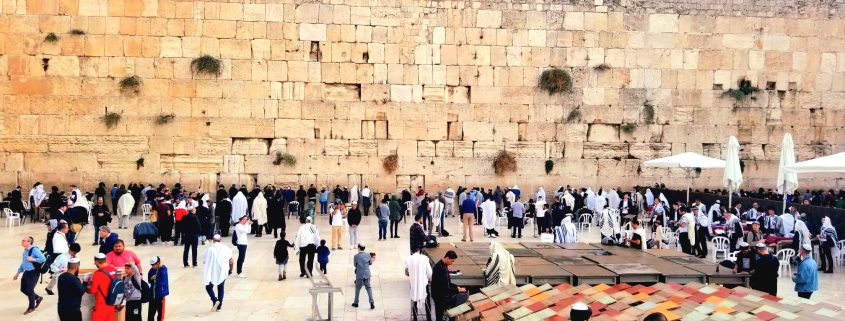
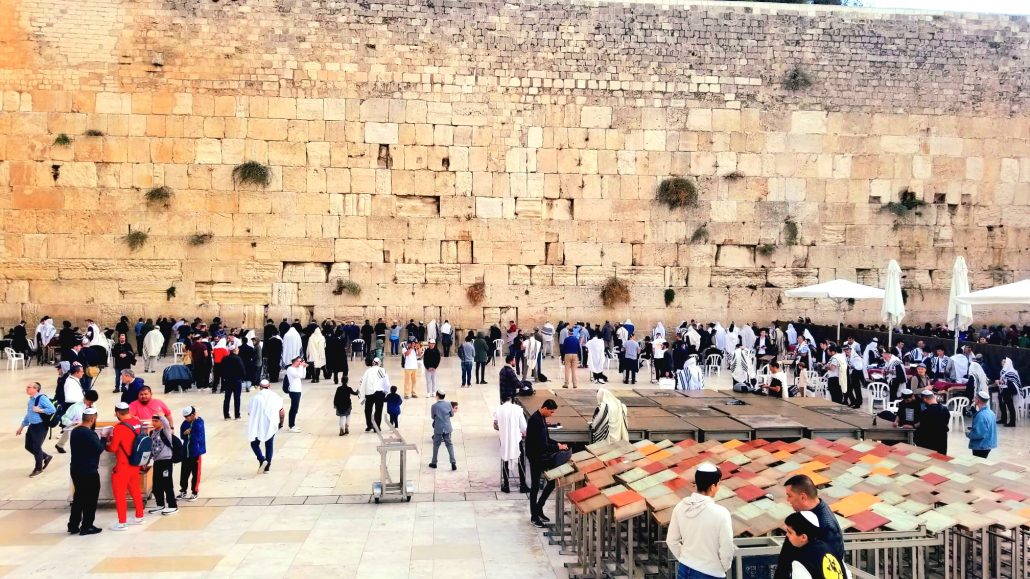


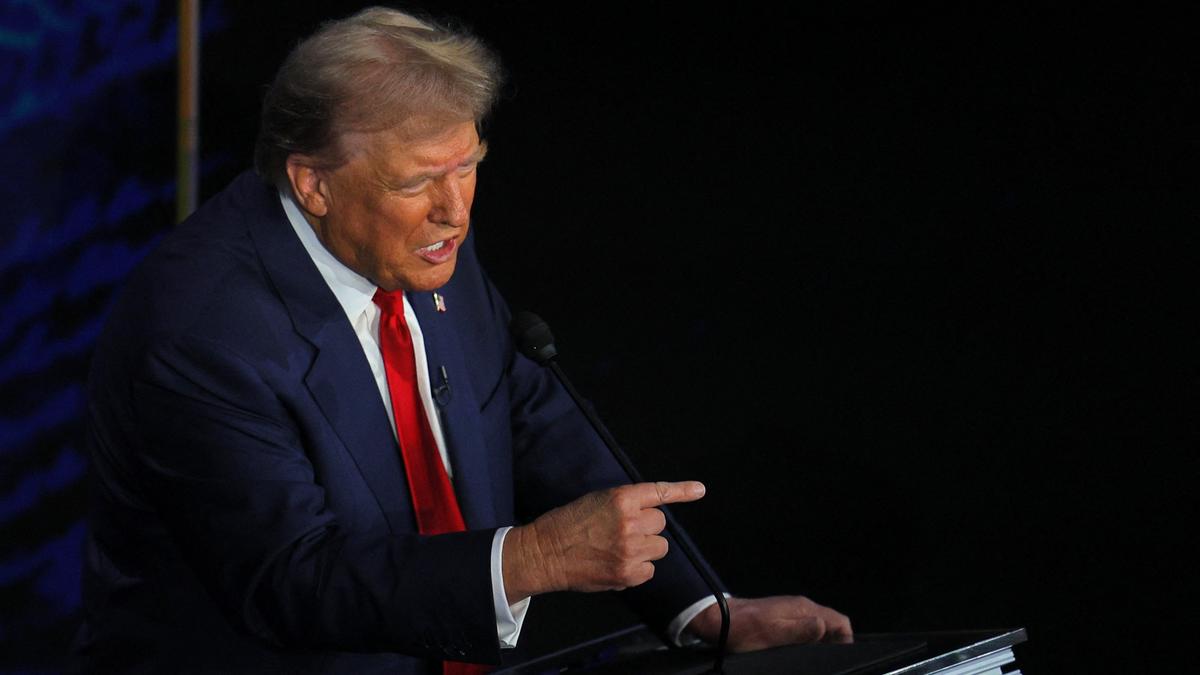
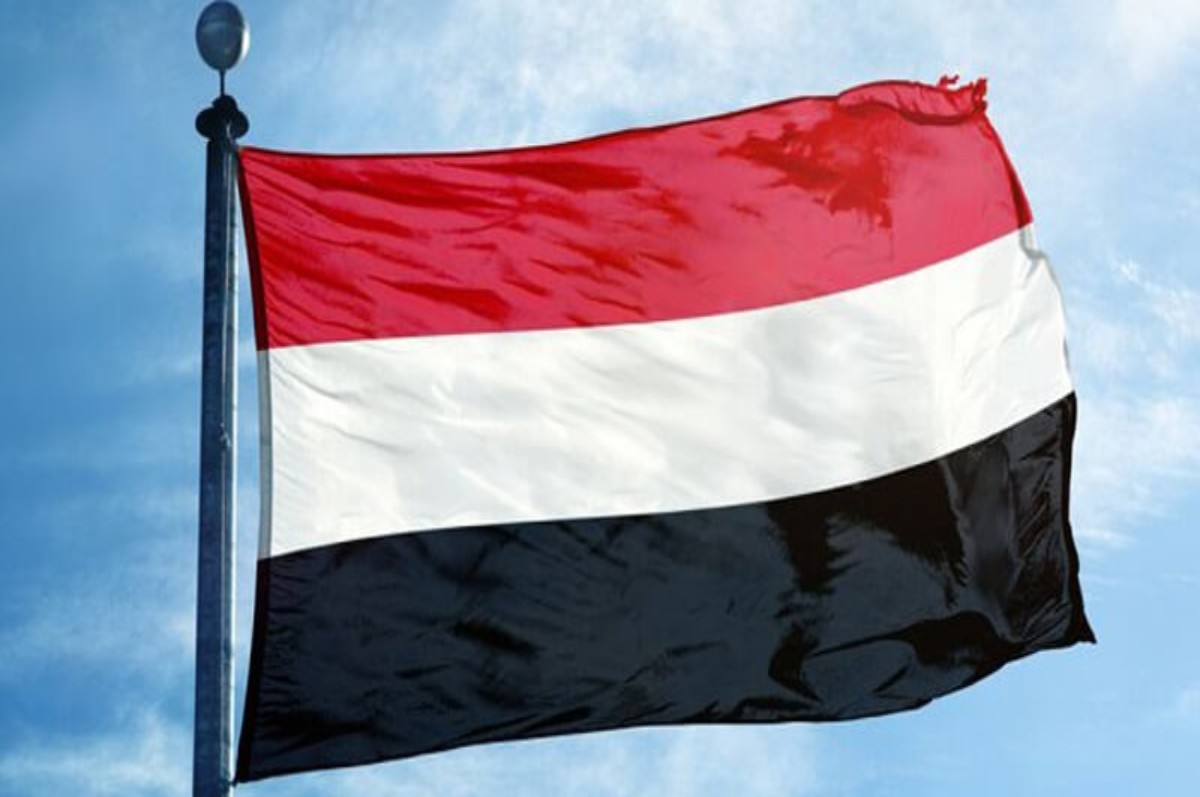

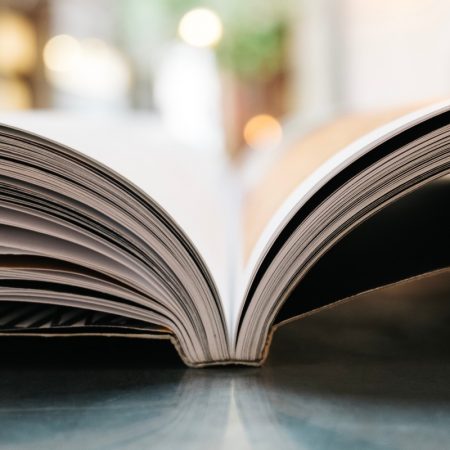
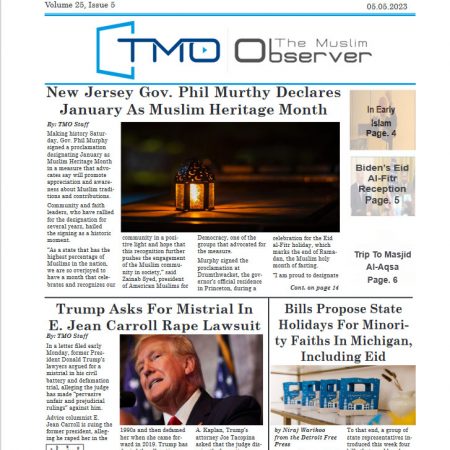






2023
9,549 views
views
0
comments